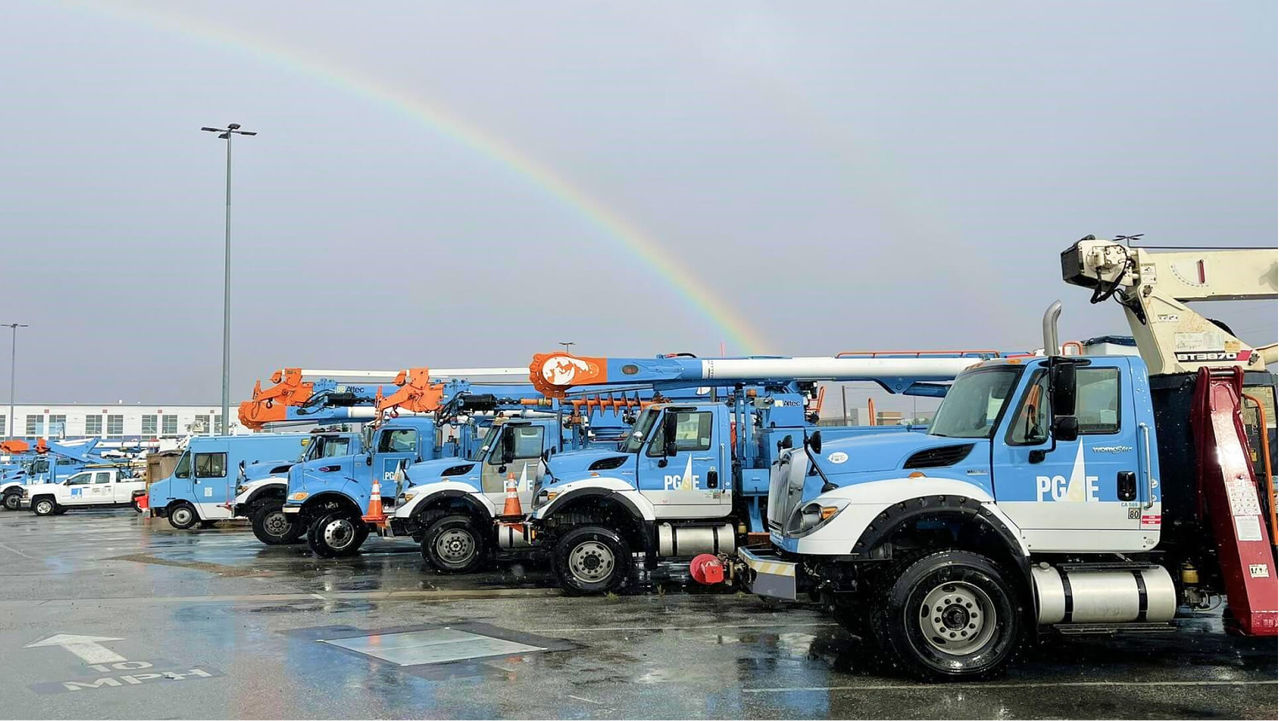©2025 Pacific Gas and Electric Company
IMPORTANT
Company information
PG&E facts, history, industry achievements and more.
Careers
Join a culture that embraces innovation. PG&E thrives on:
- Learning
- Collaboration
- Growth
- Support
PG&E systems
Explore how PG&E keeps California supplied with safe, clean energy.
Doing business with PG&E
Are you interested in partnering with PG&E?
Diversity and inclusion
Learn about PG&E's inclusive workforce and suppliers programs.
Giving locally
Our mission for a safer, better California.
Newsroom
News releases, outage info, emergency resources and more.
More about PG&E
Educational resources
Get tools for teaching energy efficiency, safety and conservation.
Regulation
Browse and read PG&E's proceedings with the California Public Utilities Commission (CPUC) and the Federal Energy Regulatory Commission (FERC).
Land use and sales
Working with PG&E on easement and property requests.


